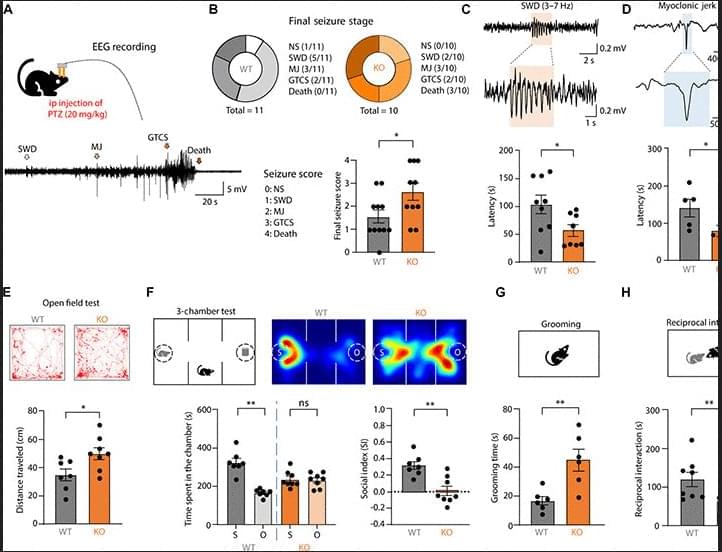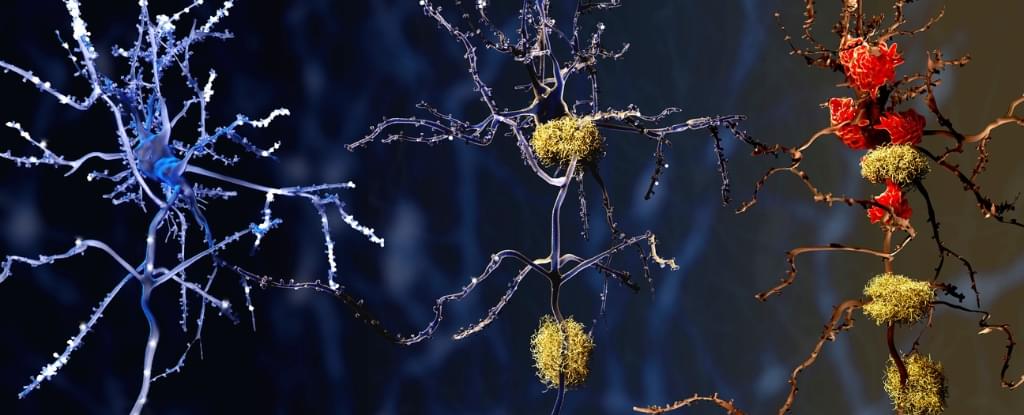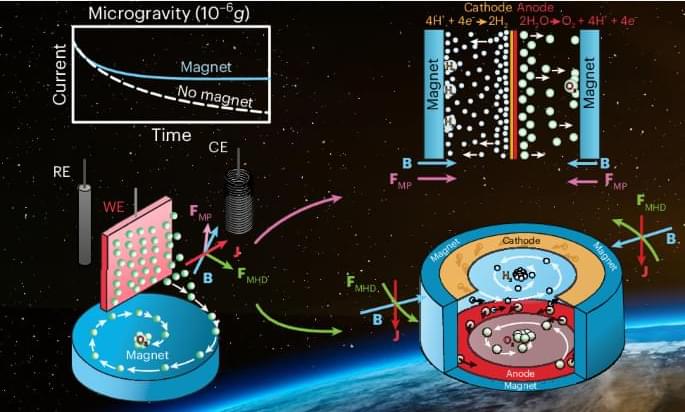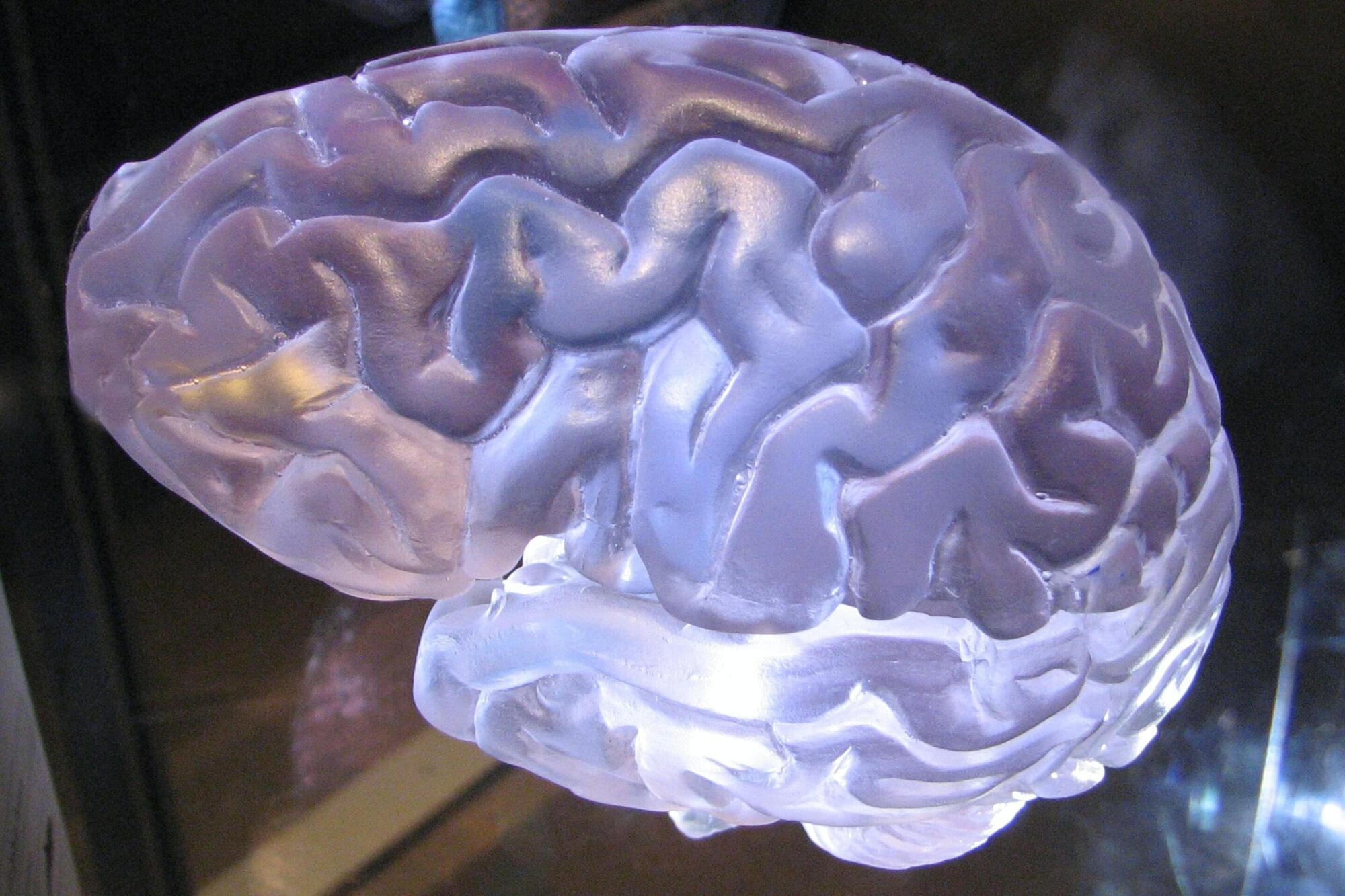RT hyperexcitability drives ASD behaviors in Cntnap2−/− mice, highlighting RT as a therapeutic target for circuit dysfunction.



Free-floating, planetary-mass objects that are just drifting carefree through the galaxy, untethered and starless, appear to be able to generate their own systems of moons, like a planetary system on a miniature scale.
An analysis of new JWST observations on a number of rogue planets – each weighing between five and 10 Jupiters – has revealed the presence of disks with a significant proportion of crystalline silicate, just like those surrounding some baby stars right before their planets start to form.
“These studies show that objects with masses comparable to those of giant planets have the potential to form their own miniature planetary systems,” says observational astronomer Aleks Scholz of the University of St Andrews in the UK.


Scientists have revealed that immune cells in Alzheimer’s brains behave differently from those in brains of people without the disease – a discovery that could lead to new treatments.
Published in 2023, an analysis of human brain tissue discovered microglia in the brains of people with Alzheimer’s were more frequently in a pre-inflammatory state, making them less likely to be protective.
Microglia are immune cells that help keep our brains healthy by clearing waste and preserving normal brain function.


Scientists at UCSF have uncovered a surprising culprit behind brain aging: a protein called FTL1. In mice, too much FTL1 caused memory loss, weaker brain connections, and sluggish cells. But when researchers blocked it, the animals regained youthful brain function and sharp memory. The discovery suggests that one protein could be the master switch for aging in the brain — and targeting it may one day allow us to actually reverse cognitive decline, not just slow it down.

Electrochemical devices producing oxygen in space face limited buoyancy, hindering gas bubble removal and increasing reaction overpotentials. Now, it has been shown that commercial magnets can enhance the reaction efficiency and induce phase separation in microgravity. The optimized magnetoelectrochemical architectures developed here may guide the designs of future life-support systems.


The object, dubbed 3I/ATLAS, has caught the attention of Harvard astronomer Avi Loeb, who has a long track record of making controversial predictions about previous interstellar objects being relics from an extraterrestrial civilization.
While there’s been a growing consensus among astronomers that the latest object is a comet, Loeb has continued to entertain the idea that it may have been sent to us by an intelligent species from outside of the solar system — and he’s far from backing down.
In a blog post over the weekend, Loeb pointed to observations by NASA’s Hubble Space Telescope, which showed a “glow of light, likely from a coma, ahead of the motion of 3I/ATLAS towards the Sun.”

Blocking brain damage triggered by a glioblastoma, an aggressive brain cancer, may slow the growth of the cancer and allow the brain to keep working better for longer, according to a new study led by UCL (University College London) researchers.
The study, published in Nature, looked at glioblastomas in mice. It found that early-stage tumors damaged parts of nerve cells called axons, and that the brain’s natural response to this injury—breaking down and clearing away these damaged axons—accelerated the tumor’s growth.
Mice in whom this natural response was turned off developed less aggressive tumors, lived for longer and maintained normal brain function that persisted to nearly the end of their lives. In contrast, mice who responded to nerve damage as normal developed more aggressive tumors and progressive disability, the researchers found.